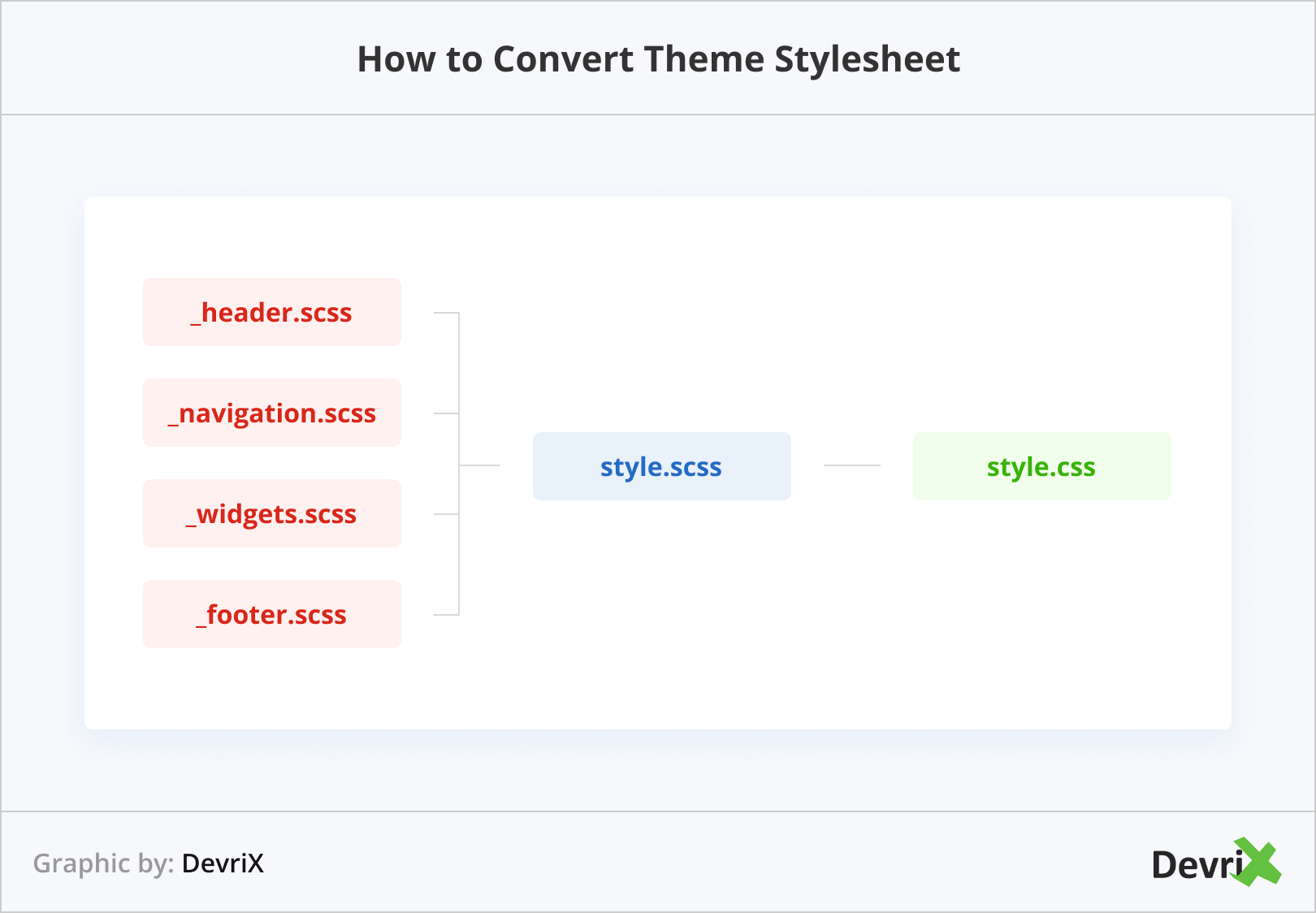There are numerous advantages of WordPress SASS for WordPress developers. You have most likely heard numerous contentions for utilizing a pre-processor at this point.
CSS pre-processors give the chance to better code association by utilizing partials and settling styles. Pre-processors offer engineers some assistance with writing to style speedier mixins and capacities. Pre-processors additionally permit us to compose more viable, adaptable code with rationale and variable.
Readers Also Enjoy: Popular WordPress Workflow Tools You Need to Try
WordPress SASS can be powerful to any developer keen on composing less and accomplishing more. At last, these preprocessing languages get aggregated down to CSS.
Each professional WordPress developer knows not for approaches to decrease dull work and let their PC handle everyday, careless assignments. CSS preprocessors like WordPress SASS give us a few profitable devices to mechanize the frontend coding procedure.
For instance, with SASS we can utilize variables. So as opposed to running a ‘discover and supplant’ charge through a long CSS record to change a shading quality, we can basically change the variable definition.
Readers Also Enjoy: How to Choose the Right CSS Framework for Your Website – DevriX
What WordPress SASS Additionally Permits Us?
It permits us to compose capacities to produce squares of rehashed style code. For instance, a catch capacity could acknowledge the shading or style as a parameter and produce all the standard CSS for a site’s catch UI: fringe sweep, slopes, content hues etc.
We can likewise separate our Goliath templates into sorted out modules. Almost every CMS, plugin, and web application utilizes catalogs and partials to enhance code viability: WordPress SASS permits us to do this with our CSS.
How to Convert Theme Stylesheet
In the event that the WP theme you are utilizing has SASS documents, the procedure of changing over existing WP theme templates to WordPress SASS is done for you!
We regularly start a new WP theme with the Underscore layout from Automattic (underscores.me). You will also discover a “_sassify!” option on the off chance that you tap the ‘Propelled Options’ connection.
This will give Automattic’s default SASS library to you when you download the theme.

On the off chance that the WP theme you’re creating or developing does exclude WordPress SASS documents, you will start by changing over the current CSS file to SASS.
This will offer you a great advantage to use SASS: The Sass compiler peruses plain CSS without any trouble at all. Everything you need to do to utilize the first style.css as WordPress SASS is to copy it and rename it style.scss.
Ways to Setting Up WordPress SASS Partials
If you have converted a current CSS document to WordPress SASS, all you have so far is a .scss document that is pretty much as cumbersome as the CSS file it originated from.
As of right now, you can begin utilizing variables and composing mixins or capacities, however, the WordPress SASS isn’t secluded or sorted out yet. You need to gather your CSS document into areas that fill individual needs.
The objective is to have the capacity to work out where code is discovered based on its document or file name.
A few modules of code that you’ll likely need to segregate incorporate route, typographic styles, sidebar gadgets, footer, and a network framework.
You will then cut and paste each particular segment of CSS into its own WordPress SASS fractional. A Sass incomplete’s document name dependably begins with an underscore (_). This advises compilers not to make a one of a kind CSS file in view of this SASS document.
A compiler application that watches an envelope loaded with WordPress SASS and consequently produces CSS will make style.css in light of style.scss, yet it won’t make navigation.css taking into account _navigation.scss.
To gather every one of the partials you’ve quite recently made, you’ll @import them in your principle Sass document.
Every time you copy a square of code to a fractional, supplant it in the essential .scss file with @import ‘incomplete name’;.
In the event that you move your footer styles to _footer.scss, include @import ‘footer’;. Try not to incorporate the _ or the .scss in the import: only the name of the document.
Wrap Up
There you have it! Some quick tips about WordPress SASS. What are your thoughts on the topic? We would love to hear from you, so don’t hesitate to write a comment.




